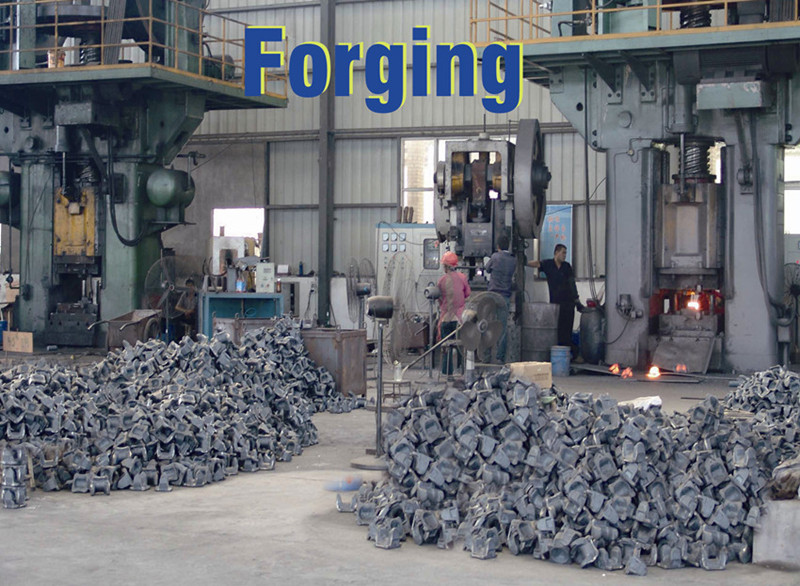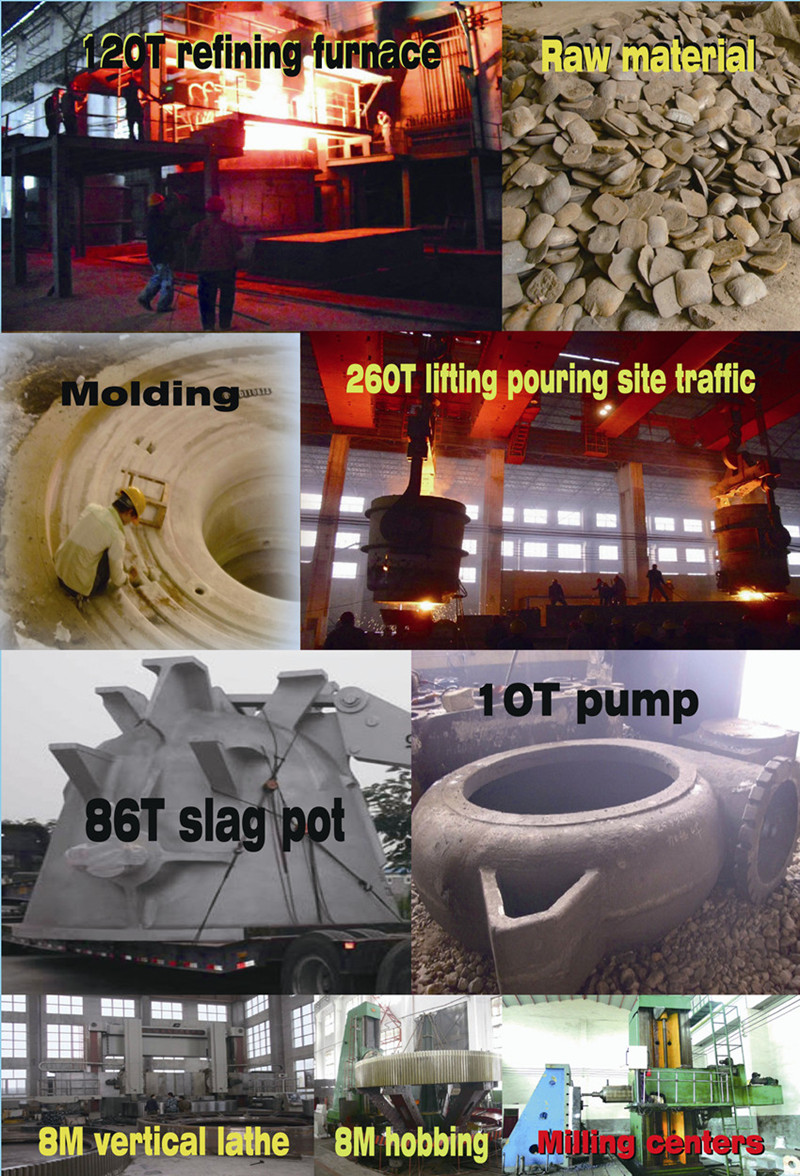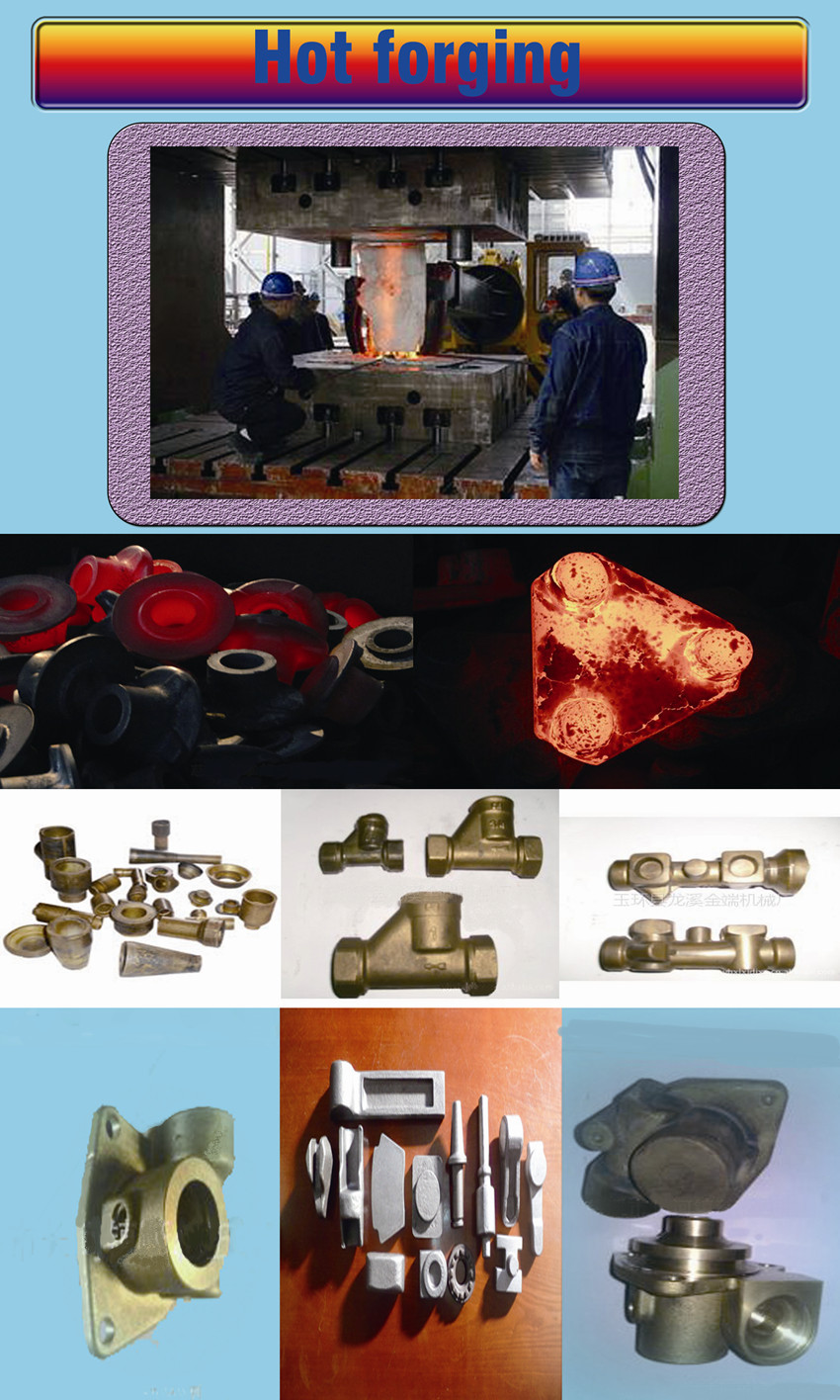The main copper mineral ore was Konkola chalcocite, bornite, chalcopyrite followed. Therefore, its concentrate is characterized by high copper, low sulfur, low iron and high silicon, and contains cobalt minerals, so it must be equipped with pyrite and lime during smelting. However, these features make it ideal for pressure leaching. Konkola deep ore accounts for 22% of the copper minerals bornite, chalcocite 18%, 11% chalcopyrite, covellite 5%, mainly gangue potassium feldspar (19%), quartz ( 8% ) and mica . Cobalt mainly coexists with copper minerals.
South Africa's Anglo-american Ami Laboratory (AAC) was commissioned to smelting Konkola mine, combined with the use of hard Nchanga rule of mine, we put forward a joint wet process acid to maintain a balance between supply and demand of [1], The flow chart is shown in the figure below.

AAC 's experiments took a total of six different Chinkel refractory samples, one of which was listed in the table below along with the Concord concentrate samples. After a sufficient small experiment, a continuous intermediate factory experiment was carried out according to the above flow chart, and the scale was
Typical composition of Concora concentrate and Chinko Laiye | ||||||||||||
Ingredient % | Cu | Co | Fe | Al | Mg | Ca | Mn | Ni | Si | Zn | CO 3 | S |
Concora concentrate | 41.44 | 0.4 | 6.51 | 3.01 | 0.88 | 0.35 | 0.02 | <0.01 | 10.22 | <0.01 | 2 | About 15 |
Difficult to mine | 1.03 | 0.06 | 0.94 | 5.26 | 3.48 | 0.58 | 0.14 | <0.01 | 29.7 | 0.02 | 2.48 |   |
Concord process pilot leaching conditions | |||||
mineral | Process | Temperature / °C | Residence time / h | Total pressure / kPa | Oxygen partial pressure / kPa |
Sulfide ore | Decomposition of carbonate | 65 | 3 | 2300 | 700 |
  | Pressure leaching | 200 | 1 | ||
Difficult to mine | a constant pressure | 30 | 2 | ||
  | Two-stage atmospheric pressure | 65 | 6 | ||
The figure below shows the average concentration distribution of copper, iron, diamond and free acid at each sampling point when the leaching process reaches steady state. Sampling points 1 and 2 are the components before and after the decomposition of carbonate. When acid is added, both copper and iron are obviously dissolved, and the free acid rises to

   These results indicate that the iron leached in the kettle is quickly oxidized, hydrolyzed, and then precipitated. The precipitate includes basic sulfates of hematite and iron. The acid is mainly consumed in the leaching reaction of copper and cobalt. The analysis of the solid sample shows that the copper has been leached at about 40 mim , and the cobalt leaching takes 60 minutes to complete. The order of leaching of copper minerals is: porphyrite > chalcopyrite > copper blue > chalcopyrite.
Forging is a manufacturing process involving the shaping of metal using localized forces.
Forging is often classified according to the temperature at which it is performed: [cold", [warm", or [hot" forging.
Forged parts can range in weight from less than a kilogram to 580 metric tons.
Forged parts usually require further processing to achieve a finished part.
We can produce parts that weigh up to 13 lbs in carbon, alloy, stainless, tool steel, copper, aluminum, nickel,
and other ferrous and non-ferrous materials. Secondary in-house processing options include cutting,
machining and other secondary processing.



Cold Forging,Hot Forging,Cold Brass Forging,Hot Steel Forging
Hebei Mingda International Trading Co.,Ltd , https://www.amazingcastings.com
